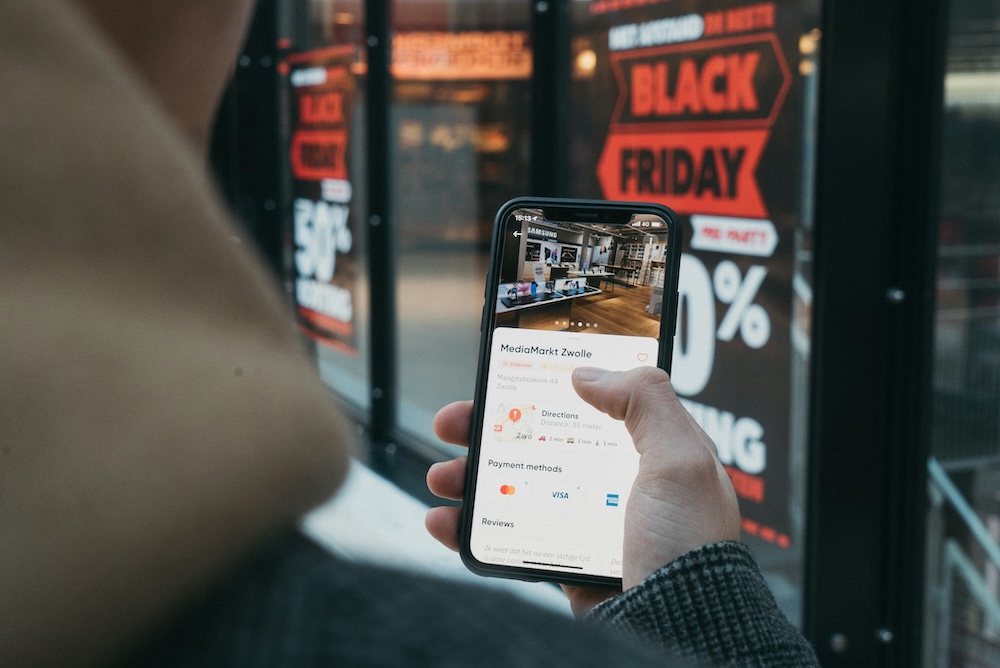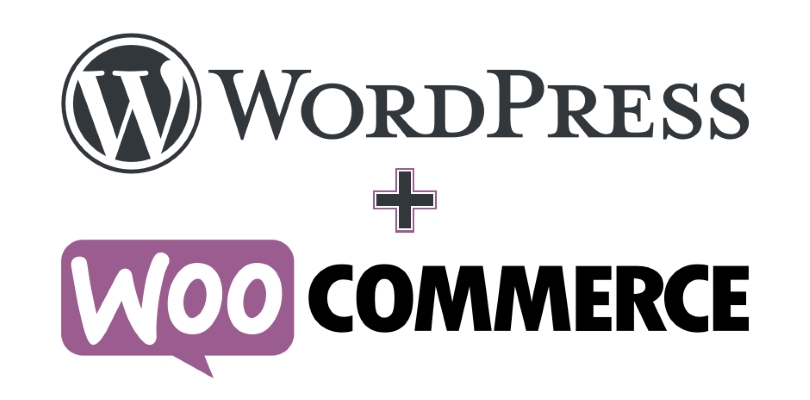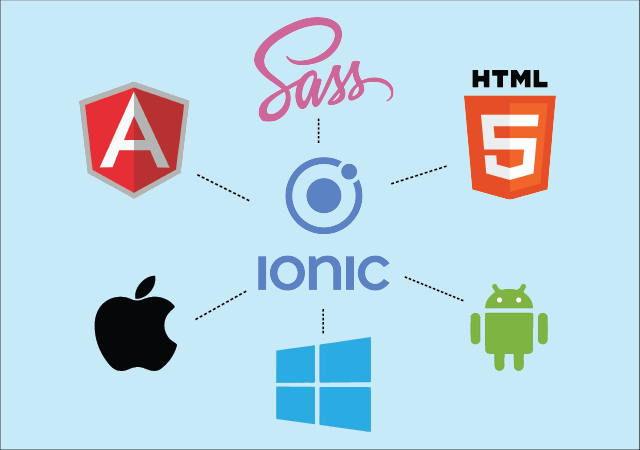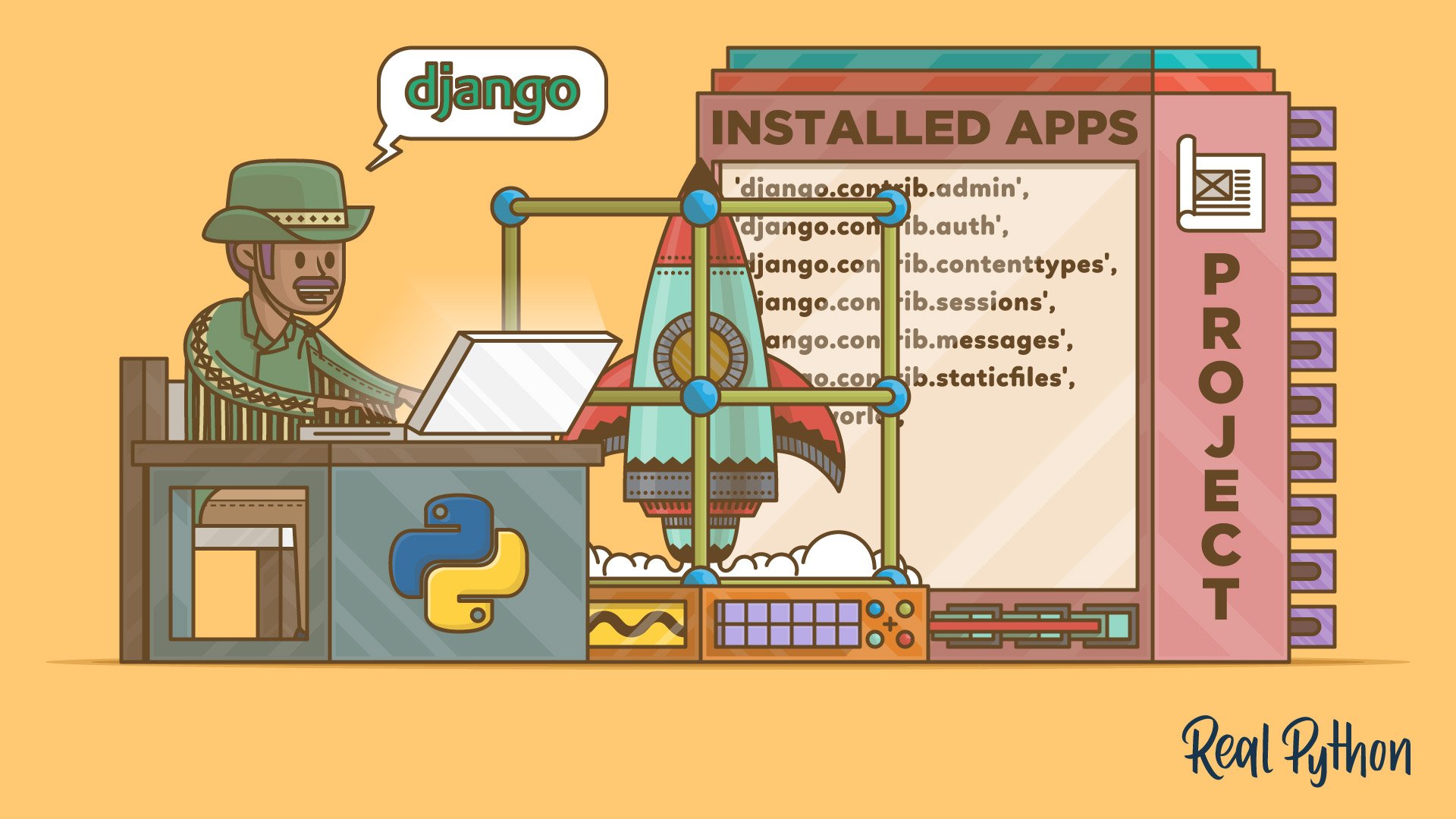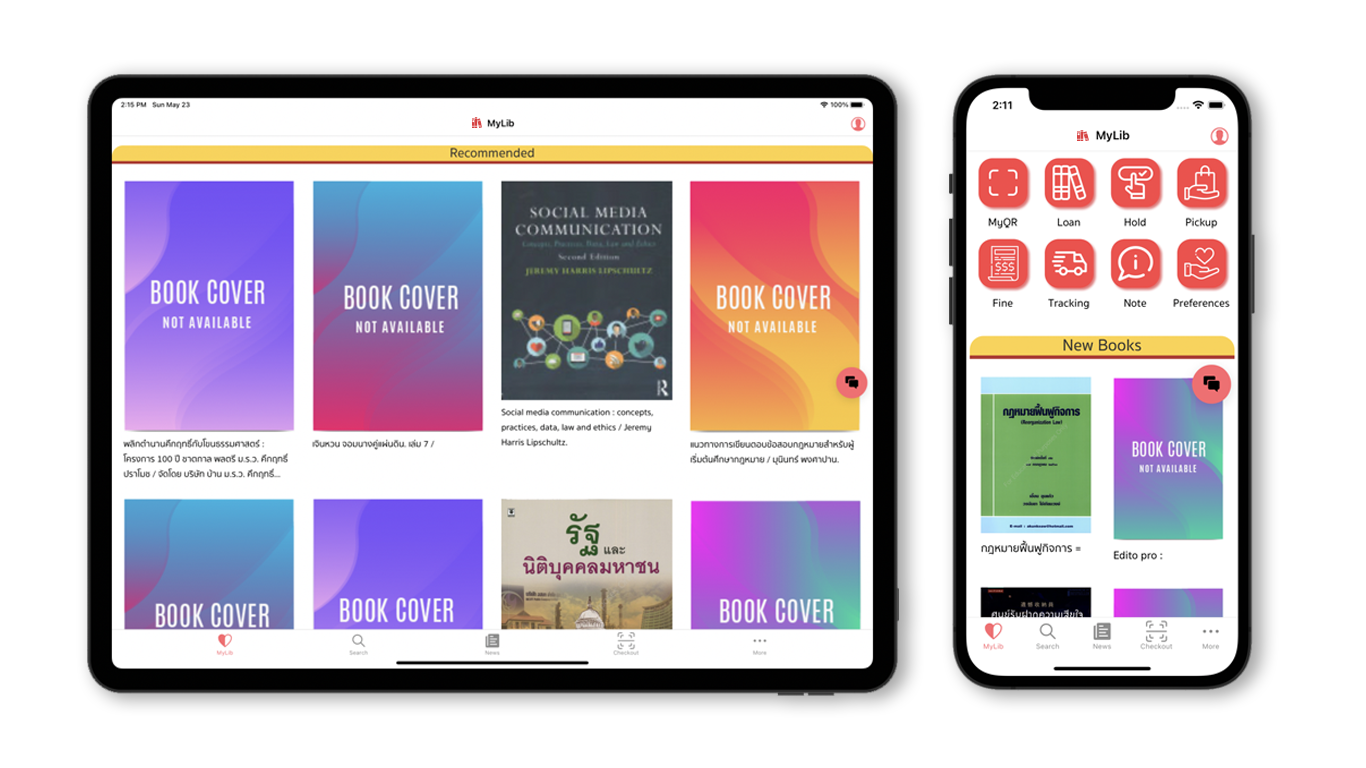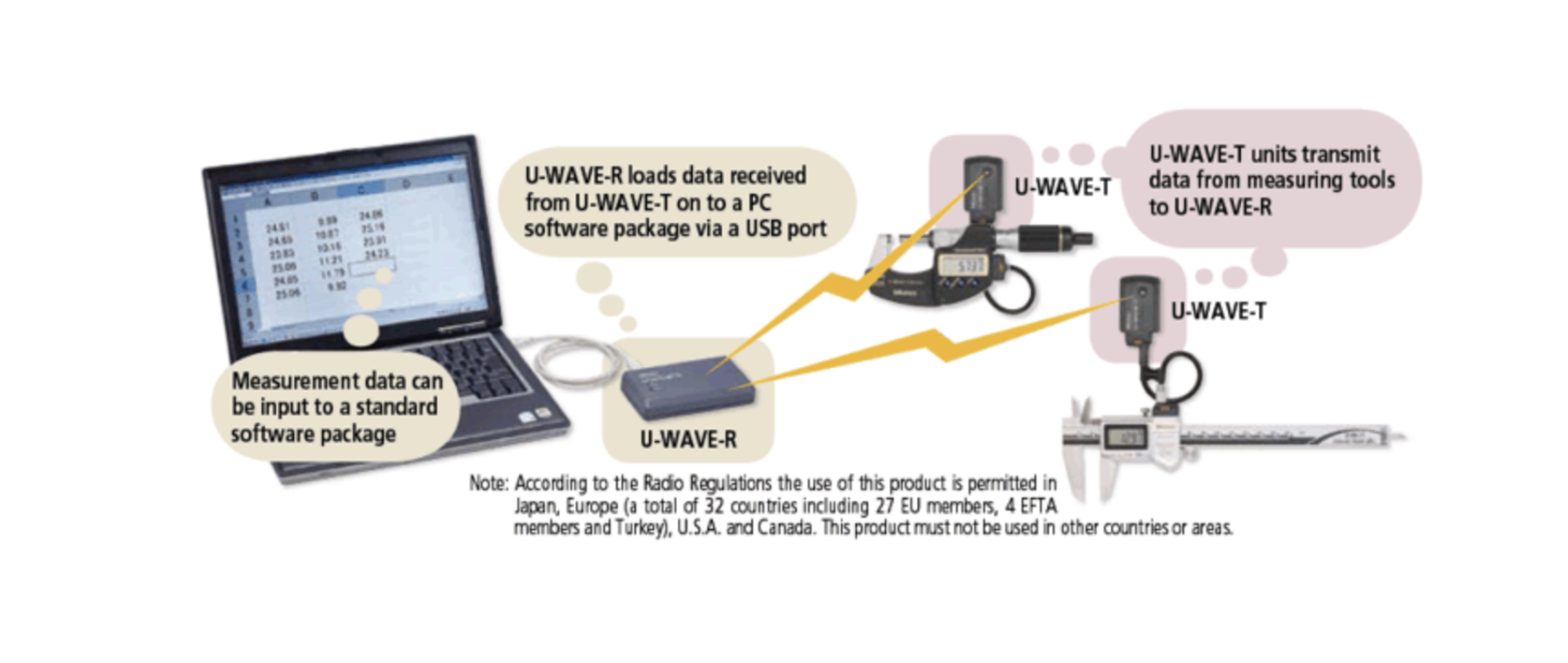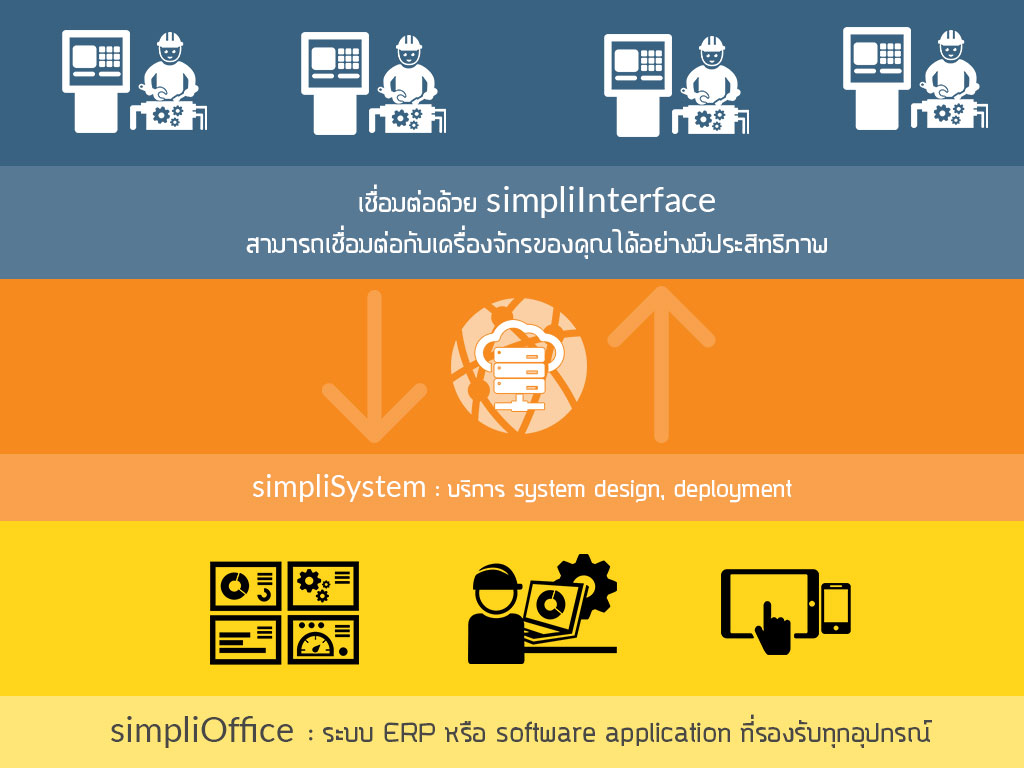Choosing the Right Strategy for Basic vs Premium Features in Django
When you're building a Django app and want to offer different features to different user groups — like Basic and Premium — it's natural to wonder:
Should I separate users using Django Multisite? Or even spin up separate Docker containers per plan?
Spoiler: You don’t need that much complexity — and here’s why.
✅ Problem Overview
Let’s say you're building an e-commerce platform, SaaS tool, or any web app, and you want:
- Basic users to access only core features.
- Premium users to unlock advanced dashboards, analytics, tools, etc.
- A future-ready system that supports upgrades/downgrades.
❌ Don't Use Multisite or Docker for This
It’s tempting to think you need:
- Django Multisite (used to serve different domains with different content).
- Docker containers per plan (used in multi-tenant SaaS with full isolation).
But for most cases where you’re just limiting access to certain features — these are overkill.
✅ The Right Approach: Role-Based Access in One Django App
A single Django project, with logic based on the user’s plan or role, is all you need.
🧱 Step 1: Add a Plan Field to User or Profile
class UserProfile(models.Model):
user = models.OneToOneField(User, on_delete=models.CASCADE)
PLAN_CHOICES = (
('basic', 'Basic'),
('premium', 'Premium'),
)
plan = models.CharField(max_length=20, choices=PLAN_CHOICES, default='basic')You can attach this model to your users via signals or use a custom user model.
🧠 Step 2: Check Plan in Views
@login_required
def premium_feature(request):
if request.user.userprofile.plan != 'premium':
return redirect('upgrade')
return render(request, 'premium/feature.html')🎨 Step 3: Hide Premium Features in Templates
{% if request.user.userprofile.plan == 'premium' %}
<a href="{% url 'premium_feature' %}">Premium Analytics</a>
{% else %}
<a href="{% url 'upgrade' %}">Upgrade to Premium</a>
{% endif %}💳 Step 4: Integrate Payments (Optional)
Use Stripe or PayPal to allow users to upgrade and automatically update their plan.
Tools:
dj-stripedjango-paypal- Custom webhook views for subscription events
🔧 Optional: Feature Flags for Granular Control
Use a package like django-waffle to enable/disable specific features or even do A/B testing.
📊 Bonus: Admin Tools
Add an admin page or dashboard to:
- View users by plan
- Manually upgrade or downgrade users
- Track feature usage per plan
🏁 TL;DR
| Strategy | Use it when... |
|---|---|
| Role-based logic | You just want to separate features by plan |
| Django multisite | You serve different content on multiple domains |
| Docker containers per user group | You want complete app/database isolation (SaaS, enterprise) |
🚀 Conclusion
You can build a powerful freemium business model with just one Django app.
Start simple with role-based access, then scale up when you truly need isolation.
Need help implementing this in your own Django project? I’d love to help!
Get in Touch with us
Related Posts
- SimpliPOSFlex. 面向真实作业现场的 POS 系统(中国市场版)
- SimpliPOSFlex. The POS Designed for Businesses Where Reality Matters
- 经典编程思维 —— 向 Kernighan & Pike 学习
- Classic Programming Thinking: What We Still Learn from Kernighan & Pike
- 在开始写代码之前:我们一定会先问客户的 5 个问题
- Before Writing Code: The 5 Questions We Always Ask Our Clients
- 为什么“能赚钱的系统”未必拥有真正的价值
- Why Profitable Systems Can Still Have No Real Value
- 她的世界
- Her World
- Temporal × 本地大模型 × Robot Framework 面向中国企业的可靠业务自动化架构实践
- Building Reliable Office Automation with Temporal, Local LLMs, and Robot Framework
- RPA + AI: 为什么没有“智能”的自动化一定失败, 而没有“治理”的智能同样不可落地
- RPA + AI: Why Automation Fails Without Intelligence — and Intelligence Fails Without Control
- Simulating Border Conflict and Proxy War
- 先解决“检索与访问”问题 重塑高校图书馆战略价值的最快路径
- Fix Discovery & Access First: The Fastest Way to Restore the University Library’s Strategic Value
- 我们正在开发一个连接工厂与再生资源企业的废料交易平台
- We’re Building a Better Way for Factories and Recyclers to Trade Scrap
- 如何使用 Python 开发 MES(制造执行系统) —— 面向中国制造企业的实用指南



